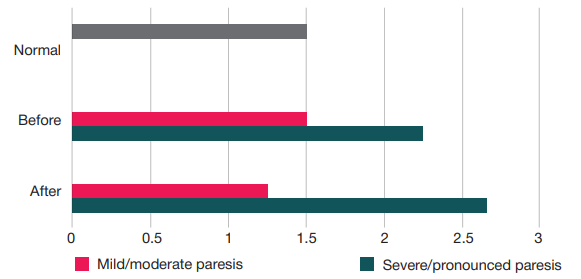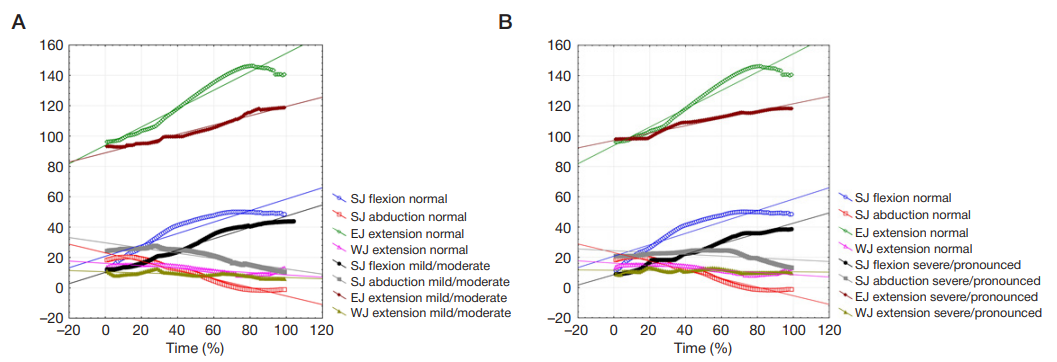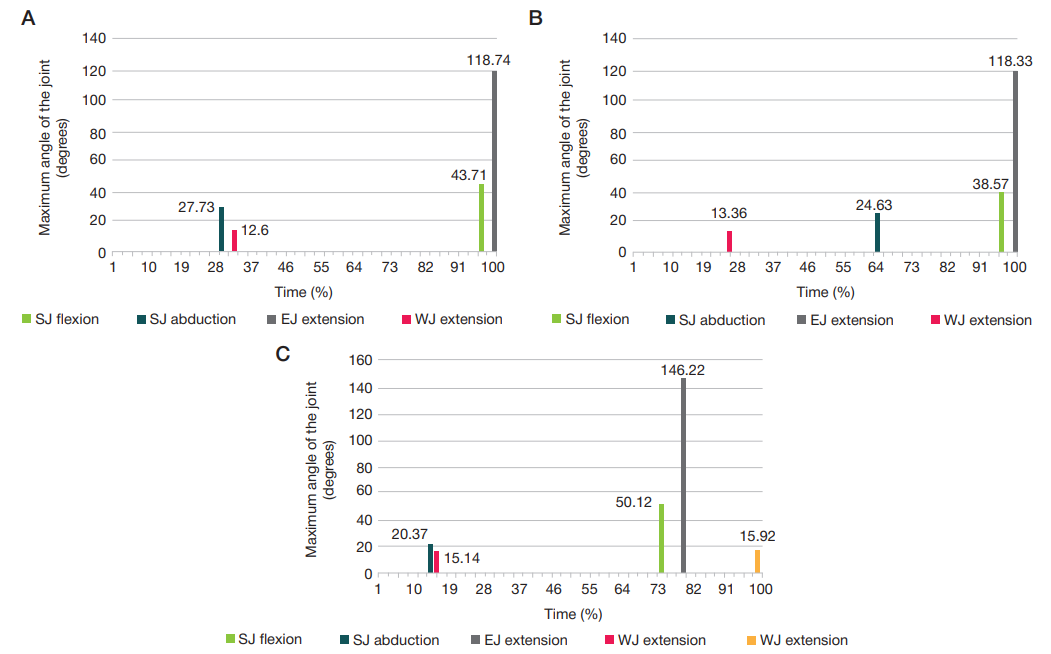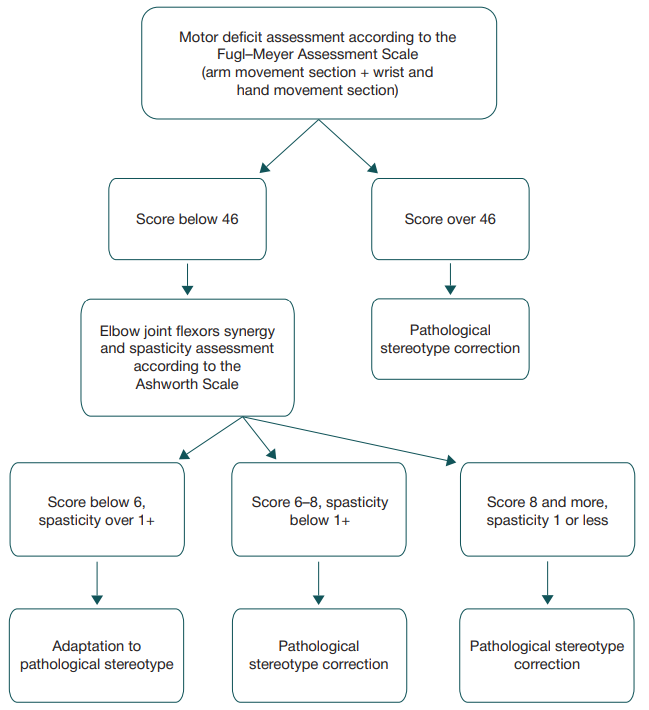
This article is an open access article distributed under the terms and conditions of the Creative Commons Attribution license (CC BY).
ORIGINAL RESEARCH
Dynamics of post-stroke hand paresis kinematic pattern during rehabilitation
Research Center of Neurology, Moscow, Russia
Correspondence should be addressed: Anastasia E. Khizhnikova
Volokolamskoye Shosse 80, Moscow, 125367; moc.liamg@lapakhsutsan
Funding: the study was performed as a part of the public contract № 0512-2014-0036.
Author contribution: Khizhnikova AE — research planning, literature analysis, data acquisition, analysis and interpretation, manuscript draft writing; Klochkov AS — research planning, literature analysis, data interpretation, manuscript writing; Kotov–Smolenskiy AM — training of surveyed patients, patients examination using clinical scales; Suponeva NA — research planning, data interpretation, manuscript writing; Piradov MA — manuscript writing.






